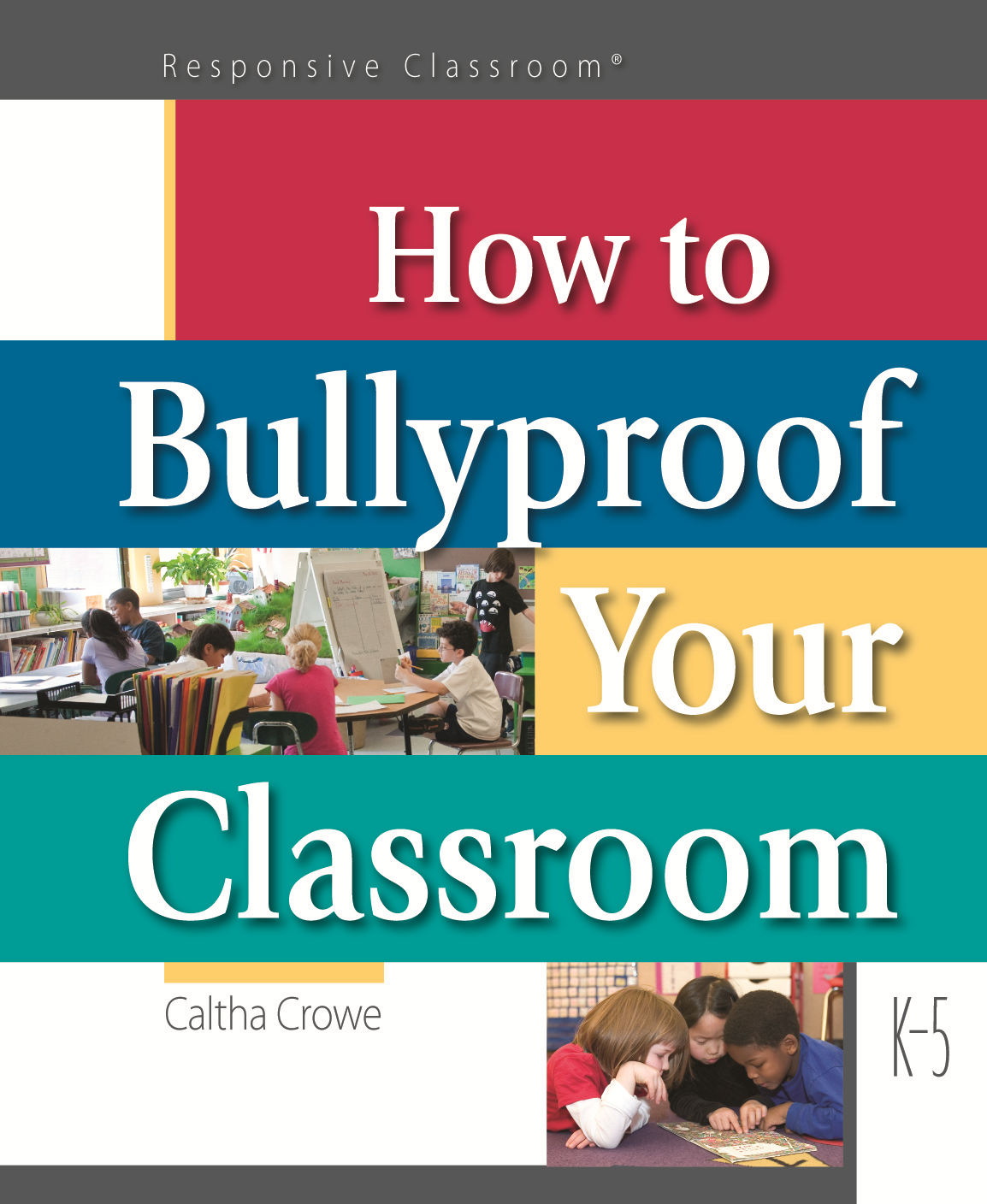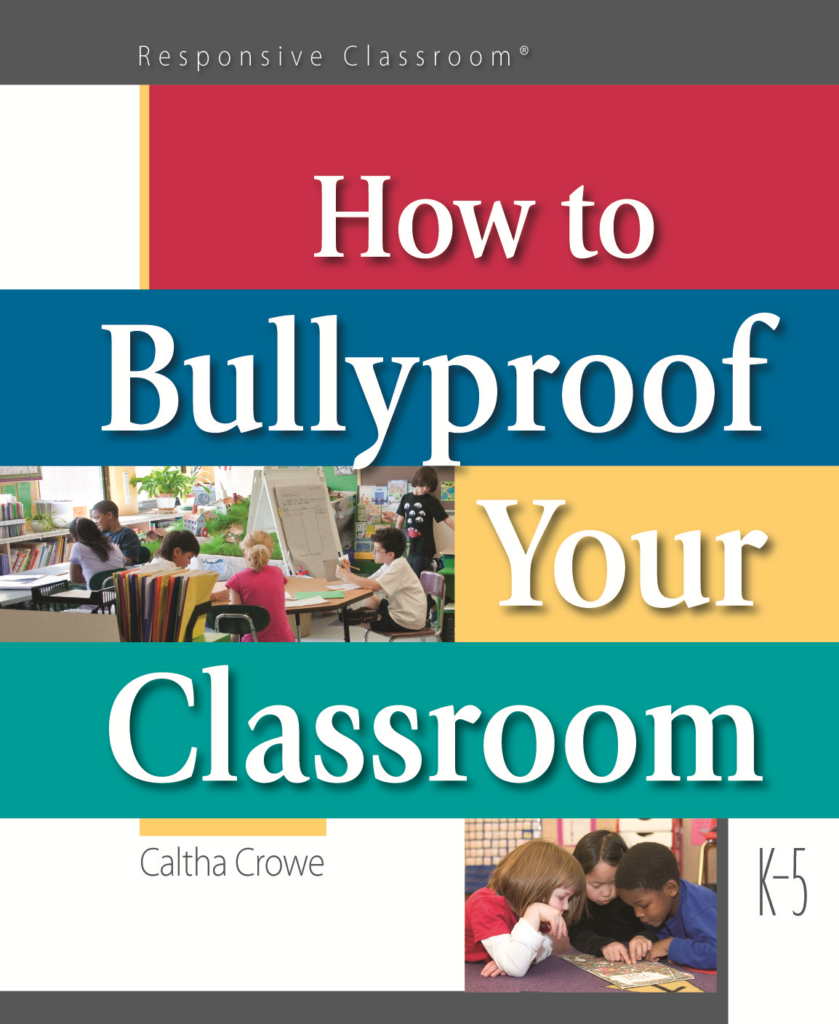Bullying and the New Kid

 “There’s a new girl in my class,” my grandson told me. “She’s from Russia, and she doesn’t speak English yet. Her name is Petra, but kids call her ‘Comrade Communist.’ ” It was clear from his tone that “Comrade Communist” was not a friendly name.
“There’s a new girl in my class,” my grandson told me. “She’s from Russia, and she doesn’t speak English yet. Her name is Petra, but kids call her ‘Comrade Communist.’ ” It was clear from his tone that “Comrade Communist” was not a friendly name.
“Does your teacher know about this?” I asked.
“Nope, they say it when the teacher isn’t listening,” he explained.
This situation contains many markers of bullying behavior. Someone is different. Kids use mean words and exclude. Adults don’t know.
There are things educators can do to prevent this type of behavior. Bullying is about mean words and exclusion. First and foremost, we can shape a culture in our classrooms that highlights kind words and inclusion. If, in your classroom community, students gain social status through kindness, being mean to the new girl won’t have any appeal.
But shaping classroom culture takes time. What if you’ve got a new student arriving next week—or tomorrow? There are still things you can do. Here are some ideas:
- Remember that adults play a critical role in teaching children to be welcoming or rejecting. Receiving that note in your mailbox, “You’re getting a new student tomorrow,” or seeing the classroom door open as the principal escorts a new student into the room can feel overwhelming. Your first thoughts might be “Where am I going to find a desk for her?” or “When am I going to give her a DRA?”, but if you let these thoughts shape your responses and treat the child as a bother and a nuisance, so will your students. If you treat each new student as a welcome addition to the community, your students will, too.
- With a child like Petra, who’s new to the country as well as to your classroom, share information about the child’s home culture. Honor the child and her home culture by asking her to teach the class words, show pictures, or otherwise share her culture. Children feel more empathetic if they know something about the newcomer’s background.
- Establish routines for welcoming new students. Teach students that it’s their job to welcome and include. Show them what to do. For inspiration, read about how Tracy Mercier did this with third grade students in “Welcoming Hannah” and Tina Valentine’s story in “Building Empathy to Prevent Bullying.”
- Use strategies to communicate with and include children who don’t speak English yet. Partnering Petra with another Russian speaker would have been an obvious solution, but a non-Russian speaking partner could use signs, pictures and other non-verbal means of communication to connect with her. Assigning lunch partners for lunchtime or play-partners at recess is another way to build connections. The languages of food and play are universal. (For more ideas, see “Welcoming Second Language Learners.”)
Children can be so welcoming when we set the stage. I’d love to hear about your experiences including new students in your classroom communities, especially students who are a little bit different in some way.
Caltha Crowe is a Responsive Classroom consulting teacher with nearly forty years of experience teaching elementary school students and twenty years of experience mentoring new teachers. She is the author of three books: Sammy and His Behavior Problems, Solving Thorny Behavior Problems, and How to Bullyproof Your Classroom.
How to Bullyproof Your Classroom, offers a practical, proactive approach to bullying prevention. Learn how to create a positive classroom environment and how to respond to mean behavior before it escalates into bullying.
https://www.responsiveclassroom.org/product/how-to-bullyproof-your-classroom/
Tags: Bullying, Challenging Behaviors, ELL (English Language Learners), New Student“Teacher-friendly from start to finish!” —Martha Hanley, Grafton, MA
